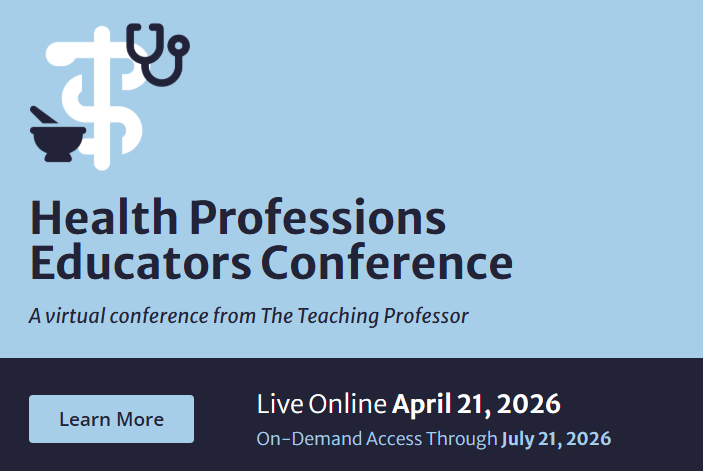Flipped Classroom Survey Highlights Benefits and Challenges
Perhaps no other word has been as popular in higher education during the past few years as the term “flipped.” As a result, there is no shortage of ideas and opinions about flipped learning environments. Some faculty consider it another way to talk about student-centered learning. Others view flipped classrooms as an entirely new approach to teaching and learning. Still others see flipping as just another instructional fad that will eventually run its course.
Faculty Focus recently surveyed its readers to gain a better understanding of their views on flipped learning. The survey sought to find out who’s flipping, who’s not, and the barriers and benefits to those who flip. The findings are available in today’s report, Flipped Classroom Trends: A Survey of College Faculty.



